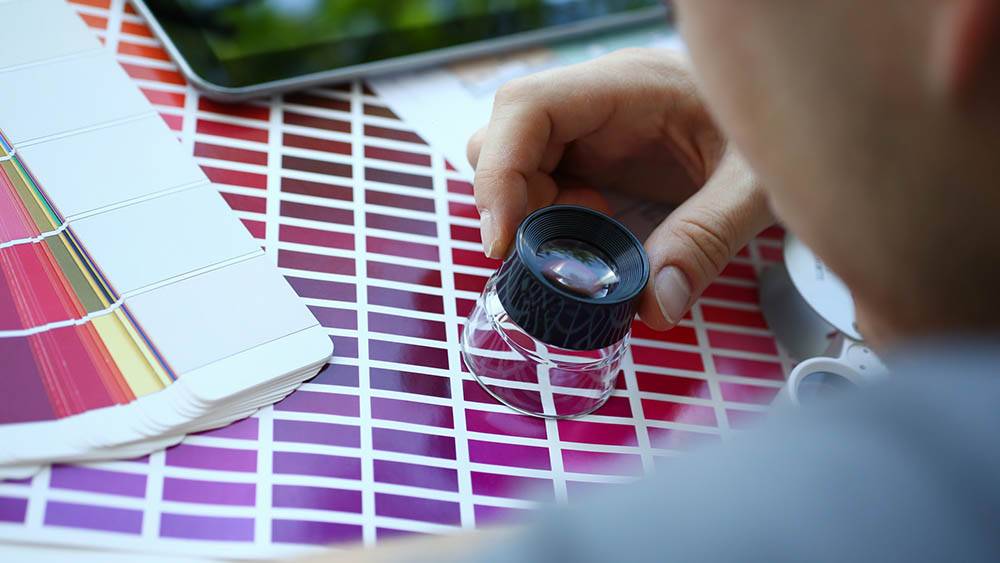Animation is mainly about colours used to make things look eye-catching. Imagine a promotional video that has few catchy colours or looks dull. It won’t sell to the maximum level or even reach the audience. This is why, as an animation expert, understanding colour theory is essential. This article gives you insight into the role of colour theory in animation.
Brief about colour theory in animation
How do animators know what hues work well with what? Do they rely on a mysterious inner instinct? The solution could be more thrilling. Animators frequently use colour theory, a set of rules for selecting complementary colours inspired by art and science.
Colour theory is a vast field with much to do with culture, colour psychology, the correlations between colours, and more. Some courses give insight into colour theory. However, even if you only have a basic understanding of colour theory, you may still use it in your motion design projects. Here are some practical ideas and some pointers for mastering colour in animations.
Brief about the Color Wheel
A colour wheel is a diagram that depicts the connections between colours. It separates the colour spectrums into 12 primary colours and arranges them in a rainbow pattern. These hues are divided into primary, secondary, and tertiary hues:
- Primary colours- These are the hues that make up the foundation of the colour wheel (yellow, red, and blue, for example). They cannot be created by mixing different colours.
- Secondary colours: These hues result from mixing primary hues (green, orange, and purple).
- Tertiary colours- These are colours such as yellow-orange, orange-red, red-purple, blue-purple, and blue-green) created by mixing primary and secondary colours.
Colour Harmonies
Colour harmonies are groupings of hues that blend well together. Designers use the colour wheel to determine these pairings. There are many different kinds of colour harmonies, but a few common ones are as follows:
- Monochromatic
One hue is the foundation of a monochromatic colour scheme, with variations in the palette produced by altering the hue’s value and saturation. This palette is the simplest to make because it only has one hue, making it more challenging to choose contrasting colours.
- Analogous
Three colours that are close to one another on the colour wheel make up an analogous colour palette. The three colours are often highlighted, with one as the primary colour.
- Complementary
Two colours on the opposite sides of the colour wheel are used in a complementary colour scheme. They produce a lot of contrast because they are opposites. Typically, these hues are deepened by varying saturation and value.
Conclusion
Understanding and learning about colour theory in animation is quite deep, and the best way to learn about it is through the right course. When taking up the animation course at MAAC Dunlop, you will get complete training about the same, in practical and theoretical form.






I don’t think the title of your article matches the content lol. Just kidding, mainly because I had some doubts after reading the article.
Howdy! Do you know if they make any plugins
to help with Search Engine Optimization? I’m trying to get my website to rank for some
targeted keywords but I’m not seeing very good results.
If you know of any please share. Cheers! I saw similar article here:
Eco product